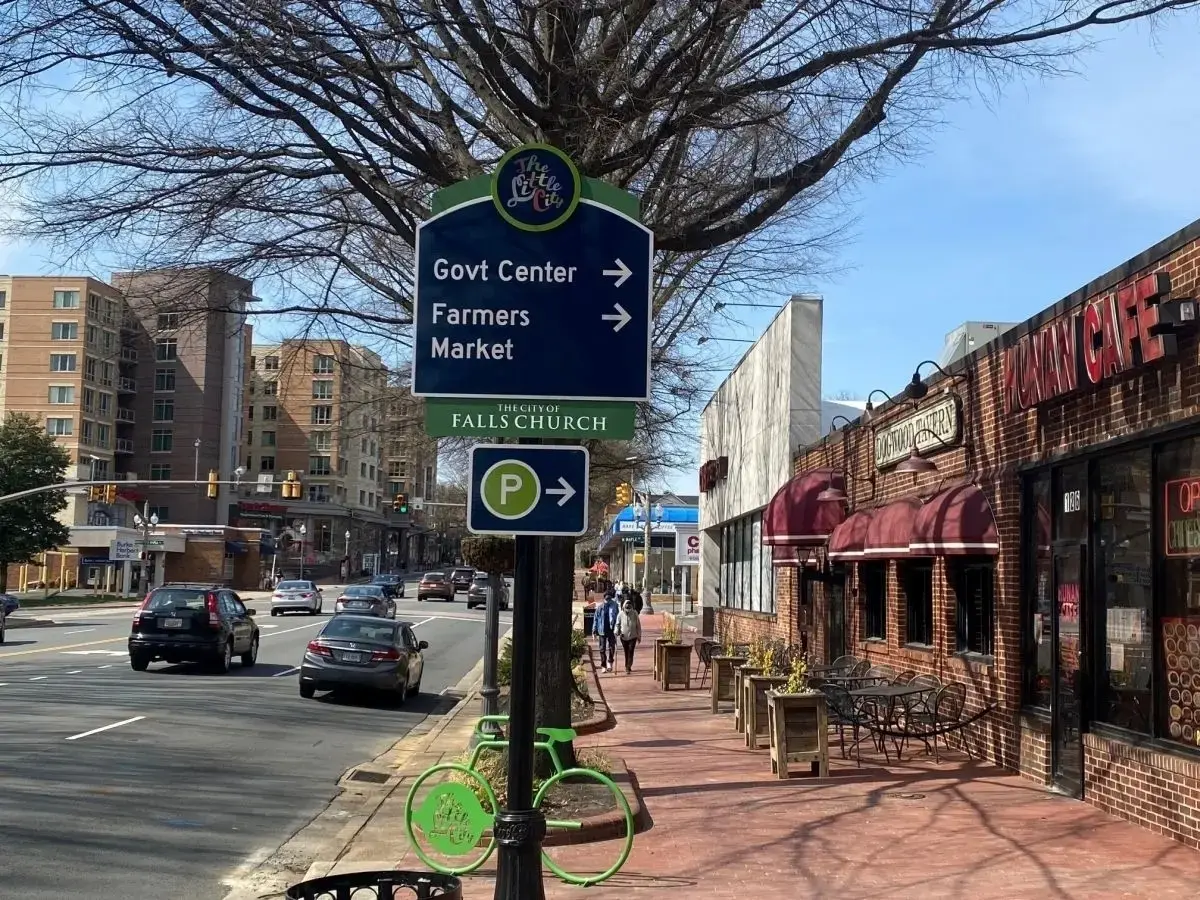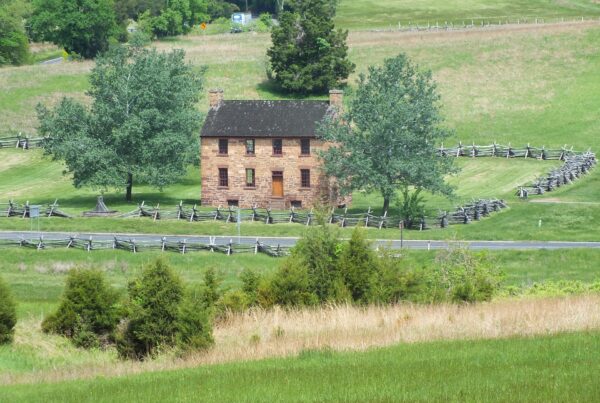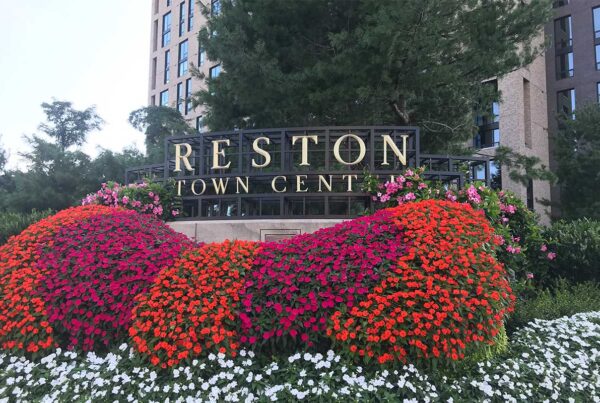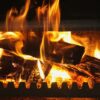A Comprehensive Guide to Understanding Creosote in Falls Church, VA
Creosote is a term that many homeowners in Falls Church, VA, may have come across but few understand what it really means. As one of the leading causes of chimney fires, understanding creosote, its formation, risks, and ways to prevent it is crucial for every homeowner with a fireplace. This comprehensive guide will delve into the details of creosote, its implications, and how you can manage it with the help of experts like A&T Chimney Sweeps fireplace, furnace, dryer vent, gutter cleaning and repair services in Falls Church VA.
What is Creosote?
Creosote is a dark, oily residue that builds up in the interior lining of a chimney. It’s a byproduct of wood combustion, and its formation is influenced by several factors including the type of wood burned, the temperature of the burn, and the condition of the chimney.
Creosote Formation
When wood is burned, it releases several compounds including unburned gases. If these gases are not hot enough to rise and escape through the chimney, they condense on the cooler inner surfaces of the chimney, forming creosote. The buildup of creosote occurs in three stages, each progressively more dangerous and harder to clean.
Stage One: This is the initial stage where the creosote buildup is light and flaky. It can be easily brushed away with a chimney brush.
Stage Two: The creosote becomes more tar-like in the second stage, adhering tightly to the chimney walls. It requires a more aggressive cleaning strategy.
Stage Three: The creosote becomes a thick, shiny, and hardened glaze that is extremely difficult to remove and highly combustible.
Dangers of Creosote
The number one danger of creosote buildup is the risk of a chimney fire. When creosote accumulates to a certain level, a single spark can ignite it, leading to a dangerous and potentially devastating chimney fire. Other risks include:
– Damage to the Chimney: Creosote is corrosive and can damage the internal structure of the chimney over time.
– Health Hazards: Creosote particles can find their way into the indoor air and can cause respiratory issues and other health problems.
– Decreased Efficiency: A creosote-clogged chimney does not draw air efficiently, reducing the effectiveness of your fireplace.
Creosote Prevention and Management
1. Burn Properly Seasoned Wood: Freshly cut or green wood contains a high amount of moisture that contributes to creosote formation. Only burn wood that has been properly seasoned for at least six months.
2. Maintain a Hot Fire: A smoldering fire produces more creosote than a hot fire. Try to keep your fire hot enough to minimize creosote production.
3. Regular Chimney Inspections: Have your chimney inspected annually by a professional chimney sweep to assess and clean any creosote buildup.
4. Professional Cleaning: If you notice a significant buildup of creosote, or if you have stage two or three creosote, it’s crucial to hire a professional chimney sweep for cleaning.
A&T Chimney Sweeps fireplace, furnace, dryer vent, gutter cleaning and repair services in Falls Church VA, is a trusted name when it comes to chimney inspections, cleaning, and repairs. They are equipped with the necessary tools and expertise to safely and effectively handle creosote buildup.
FAQs
1. How often should I have my chimney cleaned?
The National Fire Protection Association recommends annual inspections. If you use your fireplace regularly, it may need to be cleaned more often.
2. Can I clean creosote myself?
While light, stage one creosote can be brushed away, it’s recommended to have a professional deal with it to ensure all creosote has been removed.
3. Is all creosote dangerous?
All creosote poses a potential fire risk, but the risk increases with the stage of the creosote. Stage three creosote is particularly dangerous due to its high combustibility.
4. What if I smell a strong, smoky odor from my fireplace?
This could be a sign of creosote buildup. If you smell a strong, unpleasant odor from your fireplace, it’s best to have your chimney inspected.
In conclusion, understanding creosote, its formation, dangers, and prevention methods can help you maintain a safe and efficient fireplace. Regular inspections and cleaning by professionals like A&T Chimney Sweeps can keep your chimney creosote-free and your home safe.








